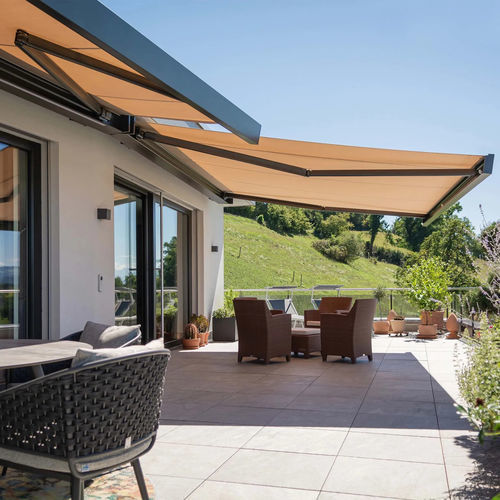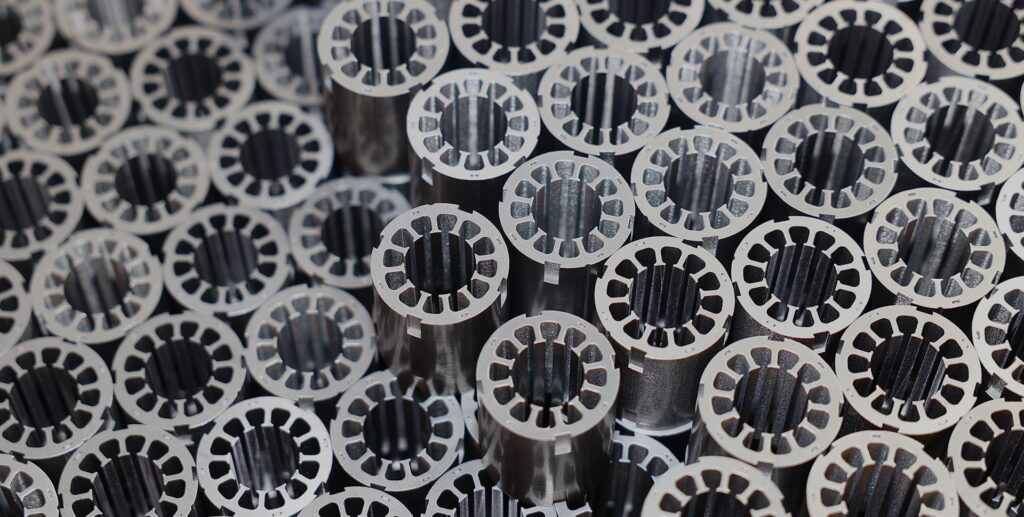Get Smart: What’s New in Residential and Architectural Solar Protection
The modern home is a smart home, and that intelligence is now extending to the very ways we manage light and heat. Outdated, clunky methods of blocking the sun are being replaced by sleek, automated, and highly efficient systems that not only improve comfort but also dramatically boost a home’s energy performance. The newest advancements in residential solar control are moving beyond simple barriers, integrating smart materials and automated systems to provide a truly dynamic and responsive living environment.
The Revolution in Solar control
Today’s homeowners have a new toolkit for managing the sun’s powerful effects. These aren’t just covers; they are intelligent systems that adapt to the time of day, weather conditions, and personal preferences. This shift from passive to active solar management is powered by smart materials and advanced engineering. One of the most significant changes is the adoption of tubular motors, which are now the driving force behind many modern shading systems. These compact motors are hidden within the roller tube, providing a smooth, quiet, and reliable operation. This allows for clean, minimalist designs that integrate seamlessly into any architectural style, doing away with the need for unsightly cords and manual cranks.
Smart roller Blinds and Shades: More Than Just Window Coverings
The simple window blind has been reimagined as a sophisticated, connected device. A smart roller blind can be programmed to lower itself at a specific time of day to prevent glare and heat gain. It can also be linked to an outdoor weather station, automatically deploying itself on a hot day to keep the interior cool. Some of the most advanced models are even connected to your home’s central heating and cooling system, creating a holistic energy management strategy. By preemptively blocking sunlight before the house gets hot, these systems can reduce the workload on your air conditioner, leading to significant savings on your utility bills.
But smart systems aren’t just about automation. The materials themselves have evolved. High-performance fabrics are engineered to block specific parts of the solar spectrum. Some are designed to let in a maximum amount of natural light while filtering out harmful UV rays that can fade furniture and flooring. Others use metallized layers to reflect heat back outside, keeping the indoor temperature stable even on the hottest days.
The Evolution of Exterior Protection: Modern Roller Shutters
On the exterior of a home, traditional shutters have also undergone a major upgrade. The modern roller shutter is a durable and secure solution that can be controlled remotely. Unlike their clunky predecessors, today’s versions are made from strong, lightweight materials like aluminum, which provide a high level of thermal insulation and security. When fully closed, they can create an effective thermal barrier, keeping heat in during the winter and out during the summer.
These exterior systems are particularly effective at combating solar heat gain before it even reaches the window glass. When combined with interior blinds, they create a powerful, multi-layered defense against the sun. For example, a homeowner could program their exterior shutter to close during the peak afternoon heat, while their interior blind adjusts subtly to maintain a comfortable level of ambient light.
Integrated Design and Sustainability
Architects and designers are increasingly incorporating these intelligent solar control solutions into their plans from the very beginning. This holistic approach ensures that a building is not only beautiful but also inherently efficient. By carefully positioning windows and using dynamic building envelopes, they can create structures that are responsive to their environment.
The use of smart materials and automated systems is a key part of the larger movement towards sustainable building. By reducing a home’s reliance on active heating and cooling systems, these technologies directly lower its carbon footprint. They represent a key step in designing buildings that work with nature, not against it.
In essence, today’s solar control solutions are no longer just an afterthought. They are an integral part of a smart, efficient, and comfortable home. From the silent operation of a tubular motor to the seamless integration of a roller blind into a smart home system, these innovations are redefining how we interact with our environment, one ray of light at a time.



